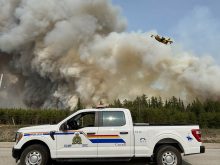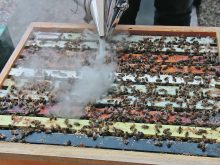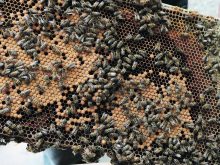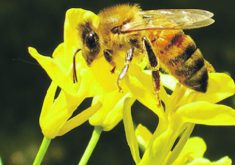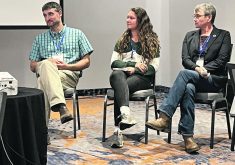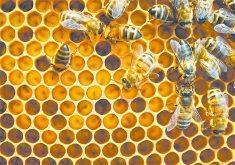A $4.5 million project will explore how queens and nucleus colonies can be over-wintered to avoid importing them
WINNIPEG — Every spring, Canadian beekeepers deal with the same unpleasant problem.
A percentage of their hives fail to survive the winter — possibly 20 to 40 per cent — so they import queen bees and small nucleus colonies from New Zealand, Australia or Hawaii to replace them.
Bee experts from British Columbia, Alberta and Quebec believe there’s another solution to this problem: raise queen bees in Canada and keep them over the winter.
Read Also
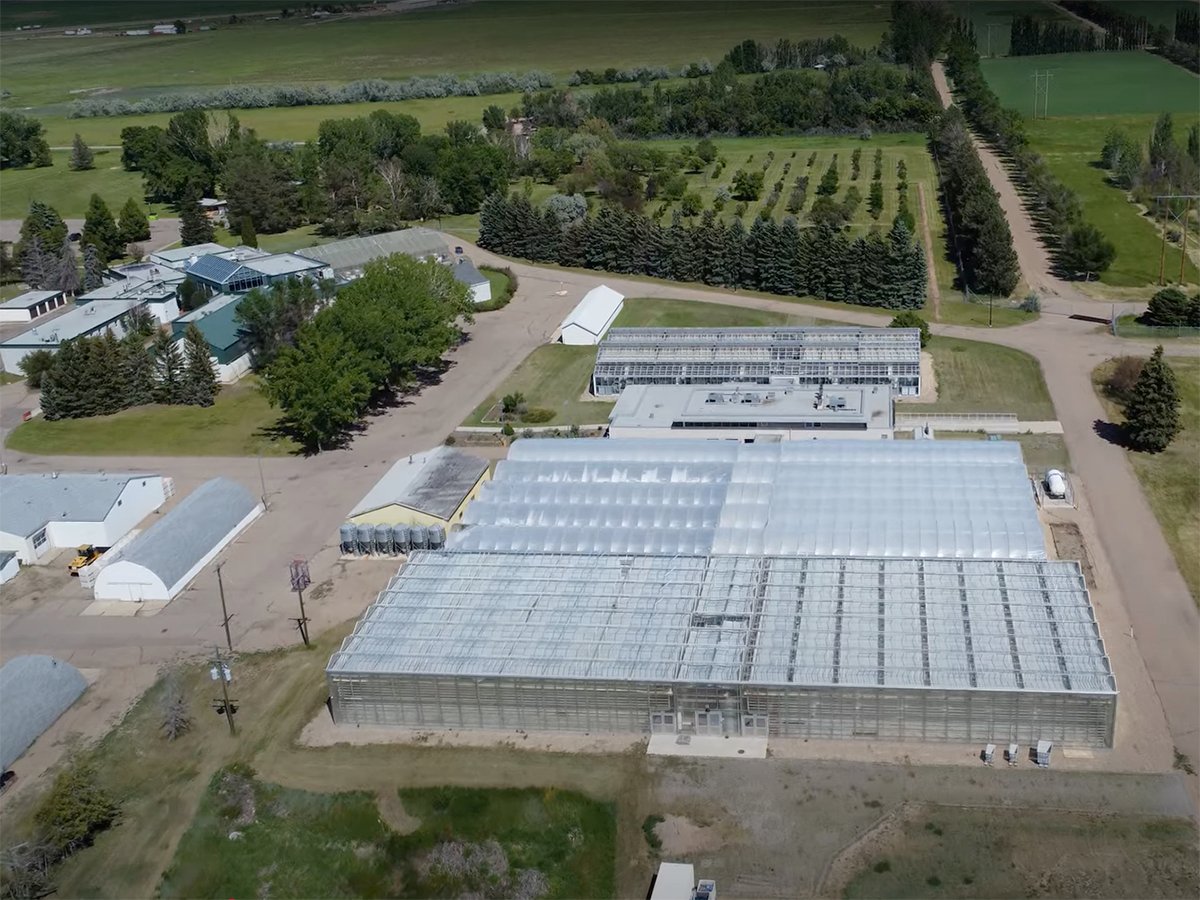
Alberta crop diversification centres receive funding
$5.2 million of provincial funding pumped into crop diversity research centres
Leonard Foster, a University of British Columbia professor in biochemistry and molecular biology, is leading a $4.5 million project that will study ways to produce queen bees and nucleus colonies in Canada.
“This funding will support a co-ordinated effort across B.C., Alberta and Quebec to test various overwintering strategies … to arrive at best practices depending on which region of Canada you are in,” Foster said in a UBC release.
The project is funded by the Natural Sciences and Engineering Research Council, the Social Sciences and Humanities Research Council and the joint Sustainable Agriculture Research Initiative.
The goal is to provide good information to beekeepers so they can produce more stock in Canada and become less reliant on imported bees.
Ideally, beekeepers would split their colonies in the spring to create replacement hives for the colonies that failed to survive the winter.
However, sometimes there’s a shortage of bees in an apiary, or in a region, to split.
“That’s one of the rationales that beekeepers use for wanting access to imported packages (of bees),” said Shelley Hoover, a research associate in biological sciences at the University of Lethbridge and one of the researchers in the project.
As well, mating queen bees is tricky during a Canadian spring because a blizzard or cold weather could disrupt mating.
Bringing in queens and packages of bees from other countries is a solution to winter losses, but it does come with risks, Hoover said.
One is biosecurity. Imported bees can be vectors for diseases and parasites.
There is also regulatory risk.
“Borders can be closed down, and sometimes that happens very quickly,” Hoover said, possibly to protect Canada’s beekeeping industry from a particular disease or invasive species.
There is one province where beekeepers import fewer bees than other regions — Saskatchewan.
Apiarists in the province have a “strong focus” on domestic stock replacement, said Nathan Wendell, president of the Saskatchewan Beekeepers Development Commission.
“If there’s 100,000 colonies going into winter in Saskatchewan, there is (also) 30,000 to 35,000 nucleus colonies.”
The researchers looking at how to over-winter queen bees within small colonies in Canada are taking a localized approach to this problem.
Practices that are effective in B.C. or Quebec may not work on the Prairies.
Hoover is focusing on southern Alberta.
“What size of colony can we reliably overwinter? Is it indoor or outdoor.… (We want to provide) beekeepers with information that this (practice) works 80 per cent of the time.”
If the scientists are successful, it’s possible that more beekeepers will over-winter queens within small colonies so they have replacement stock available in the spring.
For some beekeepers, this practice could become a new source of revenue.
“That’s certainly a business model,” Hoover said.
“Beekeepers can sell hive products (honey), they can sell pollination services, and they can certainly sell bees.”




